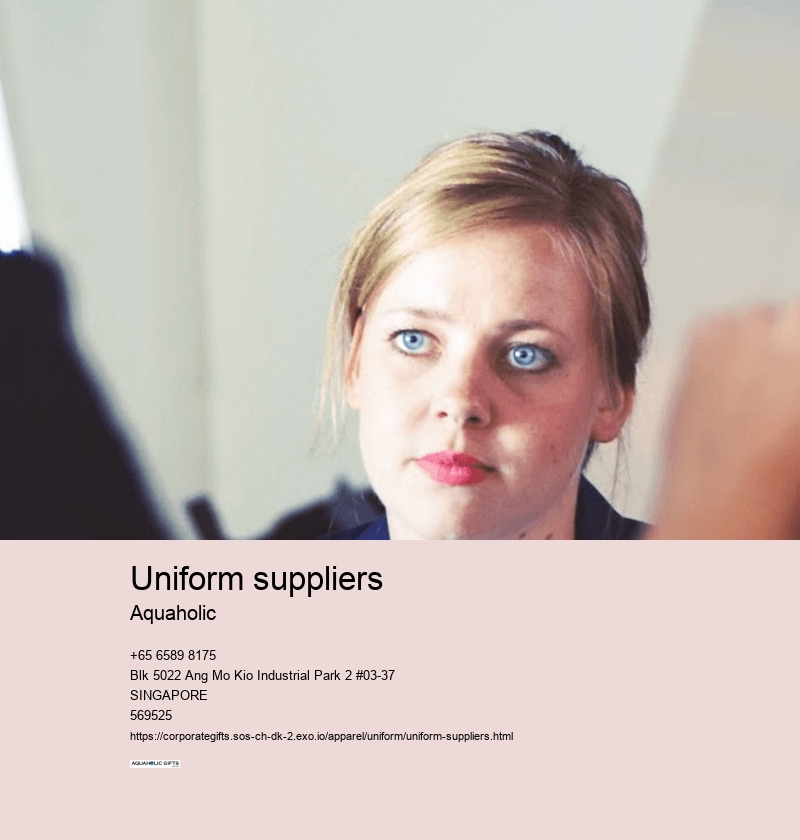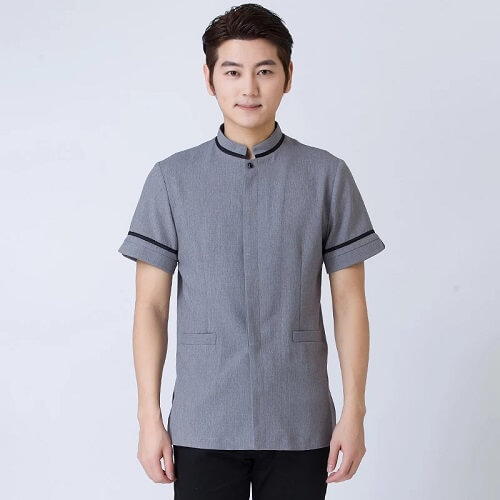uniform suppliers
corporate uniform supplier singapore
Cotton appears to be the super-hero in the fabric universe. How do you navigate the ocean of color, design, layout, and design in order to make sure that the company's brand does not only last but also thrives in the midst of a fierce competition? Embarking on the Journey: Why Customize?
Let's explore the mysteries of picking the appropriate fabric that will work with a variety of professional settings and the weather conditions. The color choice will affect the comfort that the garment is wearing, particularly when it is exposed to various weather conditions.
Imagine going to work for a whole day's work but the uniform you're wearing is uncomfortable, tight, or not fitting properly. Individuals come in various body shapes and sizes, and the cut and fit of a uniform should cater to this diversity.
The collection and integration of feedback from wearers will ensure that the finished product will meet design and comfort expectations. Think about the climatic and environment conditions under which the uniform is to be put on.



